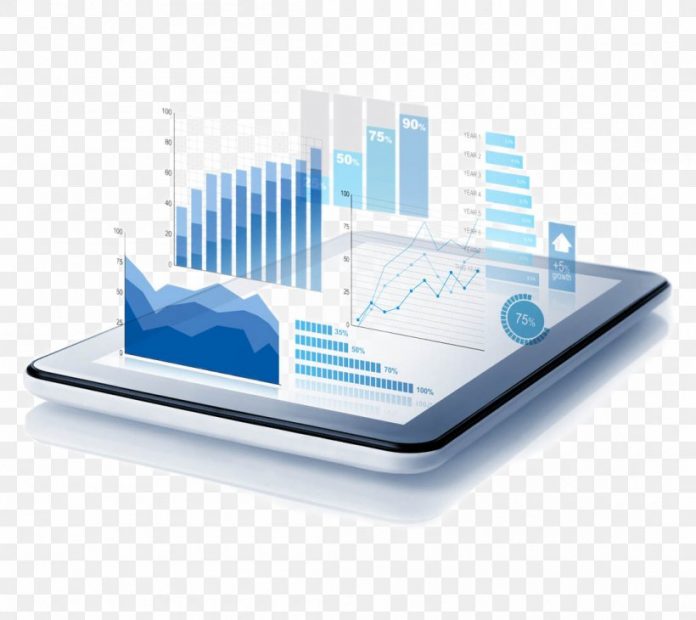Data Intelligence, a technique applied to big data by integrating Artificial Intelligence and Machine Learning, provides so much to businesses. By combining pace, emerging technologies with alternative cloud paradigms, we achieve superior results at a low cost.
It is an essential part of the efforts of any company to enhance the quality and forward-looking approaches they employ. One of data intelligence’s most common uses is for understanding consumer preferences. Organizations can better customize their offerings and identify patterns through their target audiences by using data mining techniques to collect information about habits, consumer preferences, online trends and other individual information.
Data Science of Data Intelligence
Data intelligence can provide an understanding of areas where services can be improved and potentially expose different approaches that may be more successful over the long term for organizations where services perform well, but do not change or experience development by implementing Data Science.
Our Data Intelligence Service (DIS) experts are working with you to build a robust solution which could include:
- Wide integration of sources of data
- Google Cloud Technology Advanced Functionality
- Transformations of the data before review
- Optimizations of SQL query
- Programmatic analysis and optimization of datasets with R and Python
- Automation monitoring
- Visualizations Online
- Predictive Analytics
- Continued support and/or intern team training
This important analytical definition drills down into knowledge analysis to derive value and meaning, as well as fostering improved data-driven decision making across the enterprise. There are certain dynamics of the market that decide the data growth and its related analytics. This is where the adaptive nature of Data Intelligence comes into play to determine the factors that push the enterprise to adapt its existing, profitable business lines.
Data Transformation to Data Intelligence
Transformation of information into Data Intelligence is the highest stage ever achieved in the data pyramid by many services providing organizations. Data is gathered from many sources, cleaned, and finally turned into useful reports that are used internally for performance assessments. Artificial Intelligence needs a strong data base that helps turn data into insights and makes full solution interaction capability including Intelligent BI strategists, Intelligent BI analysts, data intelligence warehouse developers, data scientists, implementation and technology experts.
Experts believe that data intelligence can change the way we think about everything-from revenue to human resources, and marketing to business expansion strategies. Companies that incorporate data intelligence solutions can develop at a pace of 2x faster than their competitors-a recent research found.
Data Visualization
Showing your data in convincing and visually interesting ways exposes secret perspectives and brings your data evaluation to the next level. In the fields of research, industry, marketing, product popularization, providing people with meaningful information. It is important that data are easily understood to be truly useful. Data Visualization can take the form of graphs and infographics in detail. You must bring a little thought and effort into the entire process. Below are some helpful tips that you can follow to ensure that you produce truly successful visualizations of data:
Choose the correct type of graphics and visualization to use
To make effective visualizations, you need to choose the most suitable graphic to show your data. Since the main objective of visualization is to communicate the data accurately and conveniently for readers to understand, using the wrong method to convey this information will confuse readers and there is a greater chance that your data will be misinterpreted.
Presenting data in a descriptive way
When making data visualizations you need to use facts and statistics to tell a story. These details may also be used, rather than as a filler, to enhance and complement content. Make sure when you come up with a story you choose a compelling narrative, and care about prospective readers or audiences.
Correctly label data visualizations
Make sure you mark your data visualizations correctly to clearly explain your facts, statistics and overall message. Provide as much detail as you can to make the data easy to understand.
Finally, just keep it simple
People often make the mistake of making over-designed, over-complicated and overloaded visualizations. Keep in mind that over-designed graphics can give readers an eye sore and turn their attention to other things. As such, making the visualizations as simple as possible pays off.
Well-planned visualization of data that is implemented in a visually appealing manner will lead to faster, more assured decisions. It can provide an instrument for collaboration, preparation and training. For many companies who hope to compete on the marketplace, it’s becoming a requirement, and those who do it well will differentiate themselves.










